Surajkund Craft’s Northeast Pavilion in India is an exemplar in bamboo building
The Northeast Pavilion at the Surajkund Craft Fair 2023, designed by atArchitecture, wins Best Use of Bamboo in the Wallpaper* Design Awards 2024
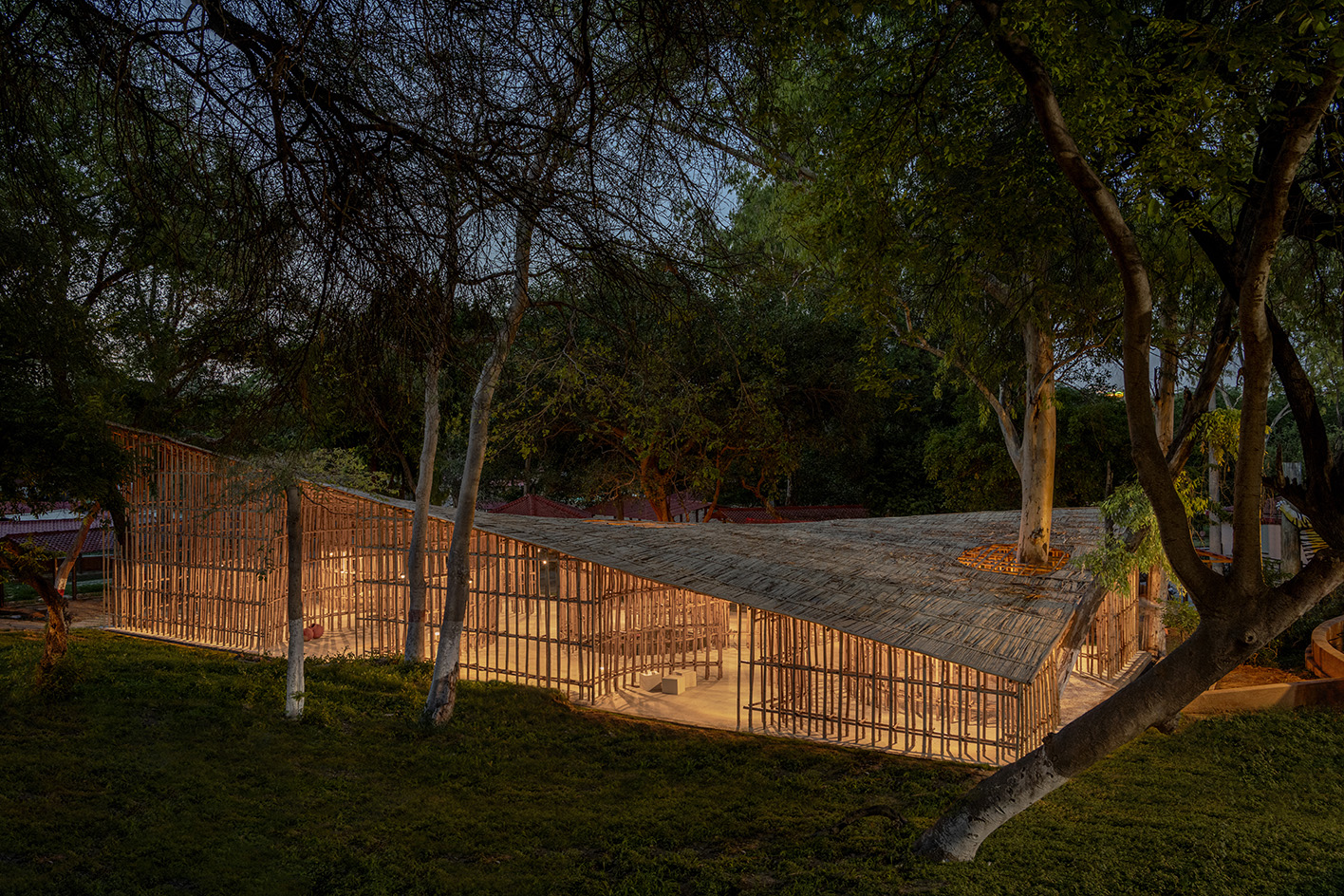
Commissioned for the 2023 Surajkund Craft Fair, the Northeast Pavilion is a striking bamboo cloud of a structure and the brainchild of Mumbai-based architecture studio atArchitecture, and its co-founders Neha Rane and Avneesh Tiwari. It is also the emerging studio’s very first completed, permanent building in India.
The structure was conceived to celebrate the tradition of local bamboo construction in line with the festival’s overall focus – the annual fair promotes Indian handicrafts, providing a platform to artisans on its site in Faridabad near the historic human-made Surajkund Lake, which was commissioned by King Suraj Pal of the Tomar dynasty in the 10th century.
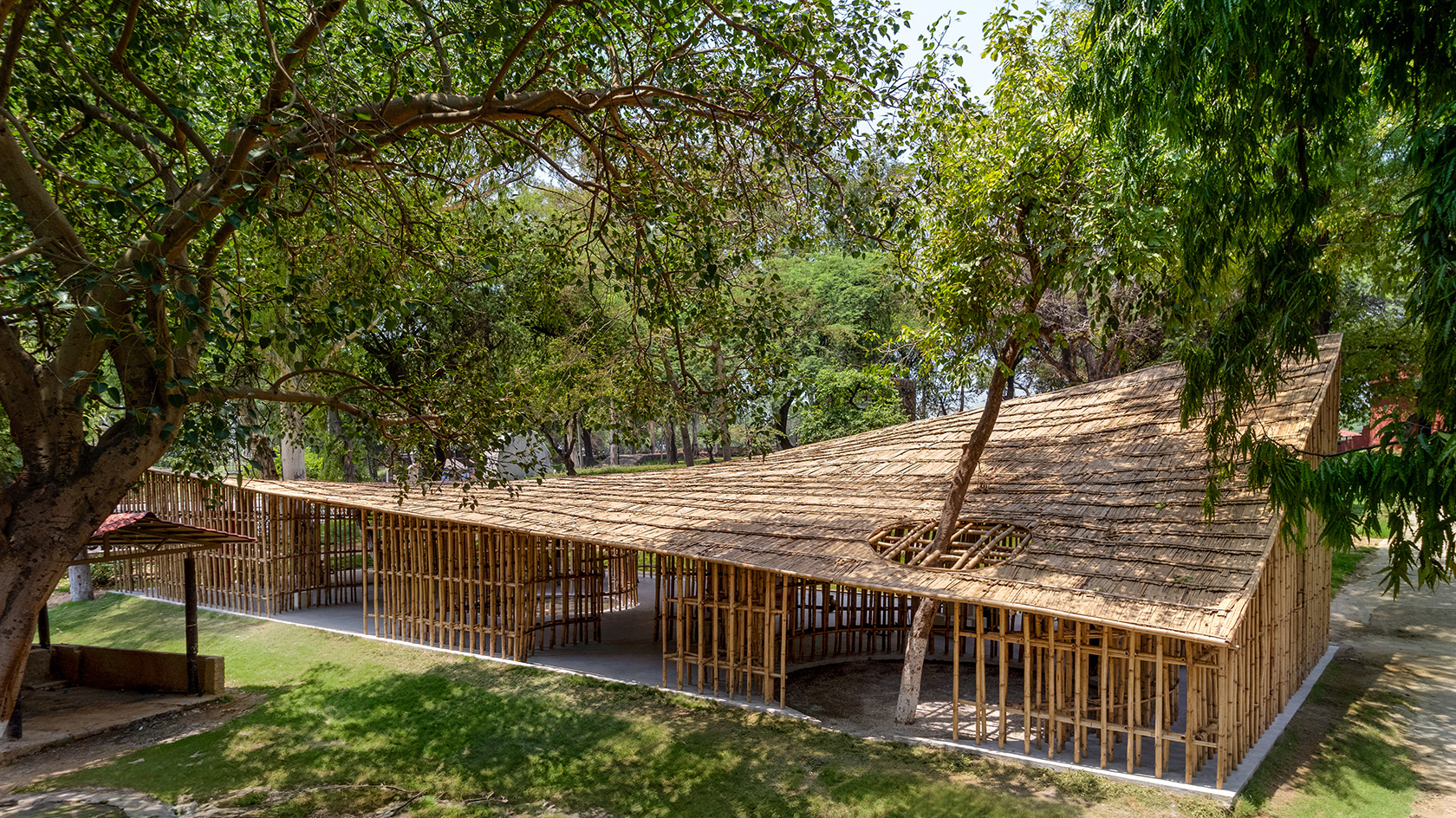
Northeast Pavilion: inspired by the region's loom craft and culture
Rane and Tiwari explain their inspiration: ‘In the [North Eastern India] region, most households have a loom and wear homemade clothes. This became the main source of inspiration – with eight indigenous looms and their working methods demonstrated by the respective artisans, tying the spaces together and becoming the focus of the exhibition.’
Reflecting this, the structure comprises eight courtyards within a clean, rectangular shape. Each one is used to create a showcase of the handlooms of each state in the region – Arunachal Pradesh, Assam, Manipur, Meghalaya, Mizoram, Nagaland, Tripura and Sikkim. The hyperbolic roof that tops it all not only creates visual drama for the building, but is also is an abstract interpretation of the land’s hilly topography.
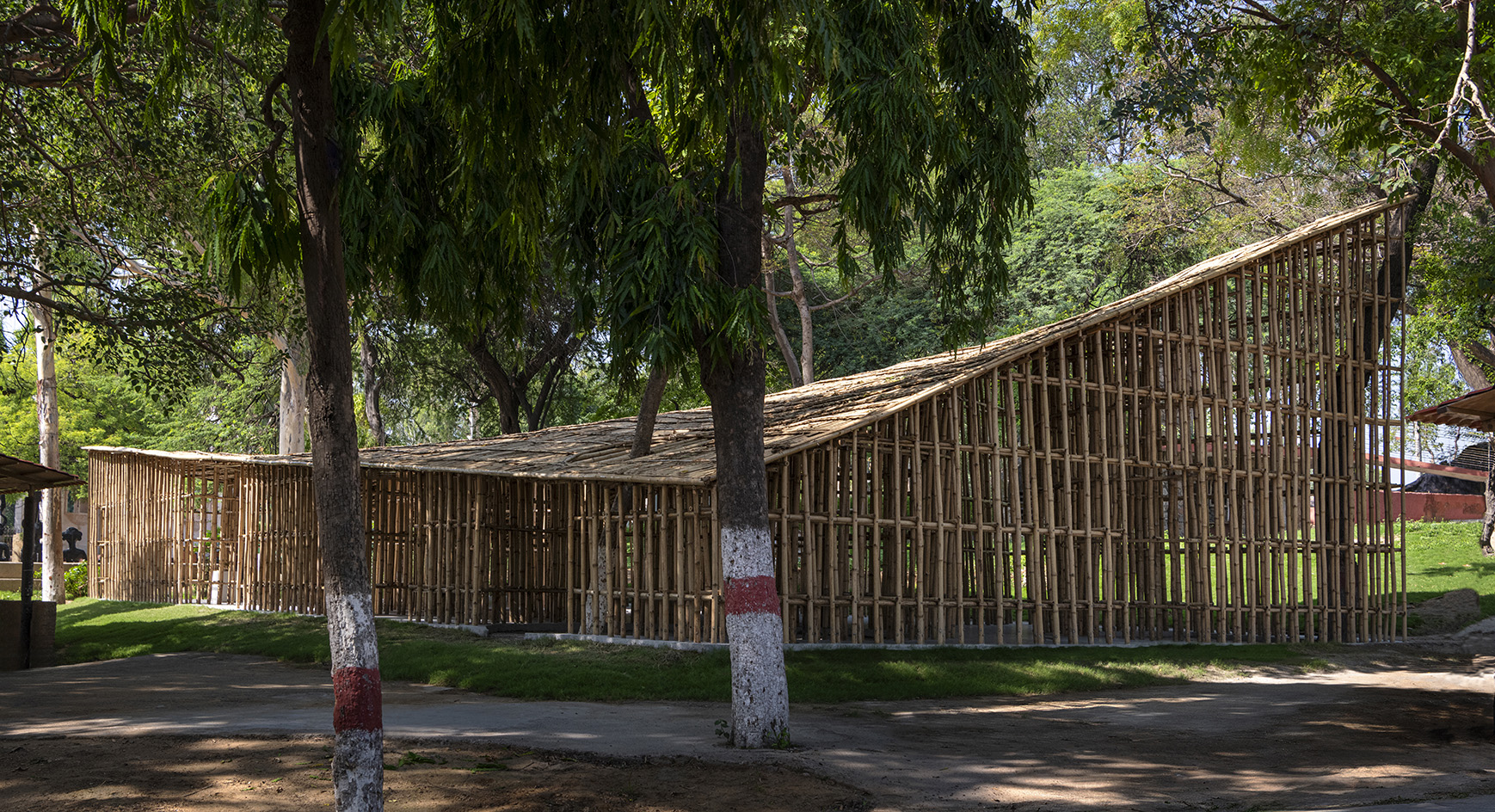
Skilled, specialist craftspeople from the area helped build the structure, which had to be erected in a mere 60-day timeframe – the project’s biggest challenge, according to the architects. ‘This included time to source bamboo [and factor in] travel for 90 craftsmen to reach the site and the building of the pavilion. The details of the bamboo joinery were developed with the help of the artisans, while many design integration decisions were made on site as the building was being constructed, with an emphasis on local collaboration and craftsmanship.’
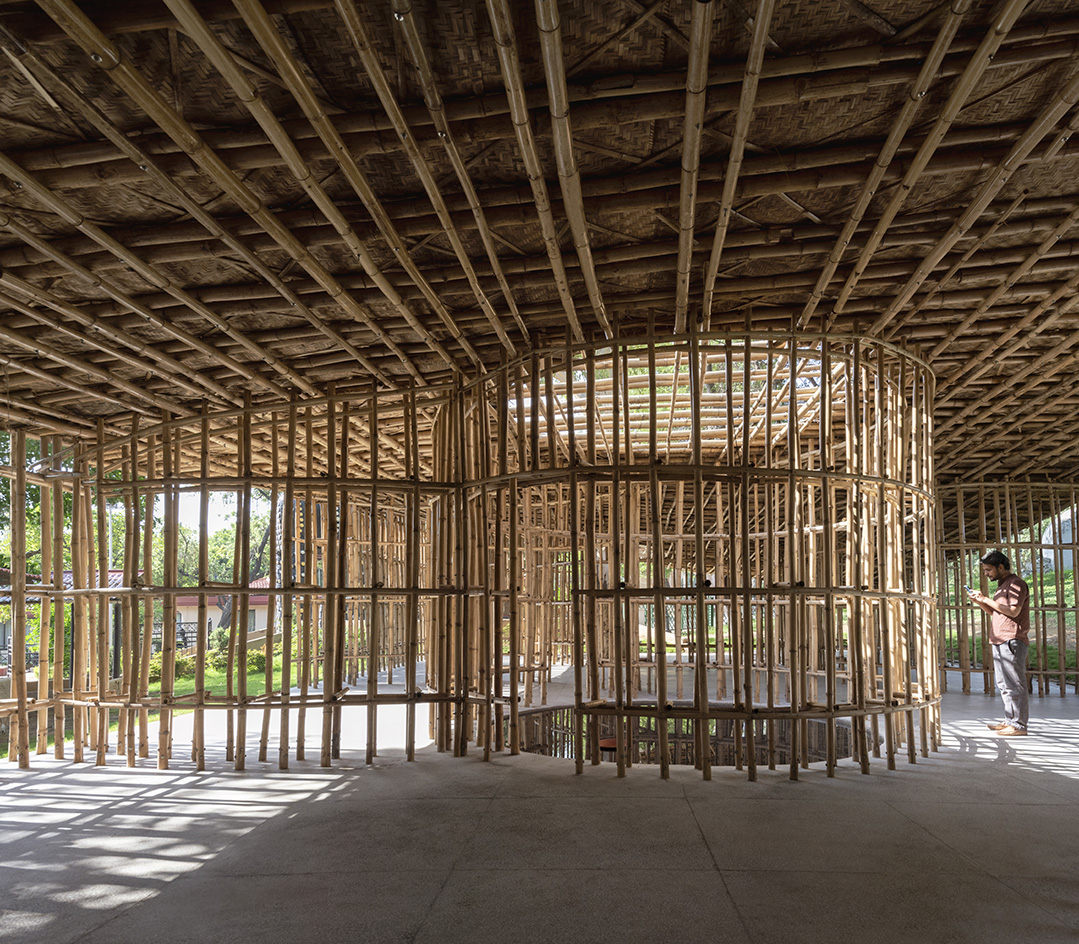
While there is a form-follows-function approach to this pavilion – its beauty, intricacy and bamboo frame defining much of its character – there are details to zoom into and moments of focus within that tell more stories. ‘The central courtyard represents Meghalaya, the rainiest landscape in the world, faces the sky and contains a pool of water,’ the architects write.
Meanwhile, the courtyards also ‘serve to enclose the century-old trees on the site, preserving the natural landscape’. It is a simple and legible design with hidden surprises within; while its open, permeable nature means that it can easily connect to its surroundings, both the flora and the other exhibits within the 100-acre fairgrounds around it.
Receive our daily digest of inspiration, escapism and design stories from around the world direct to your inbox.
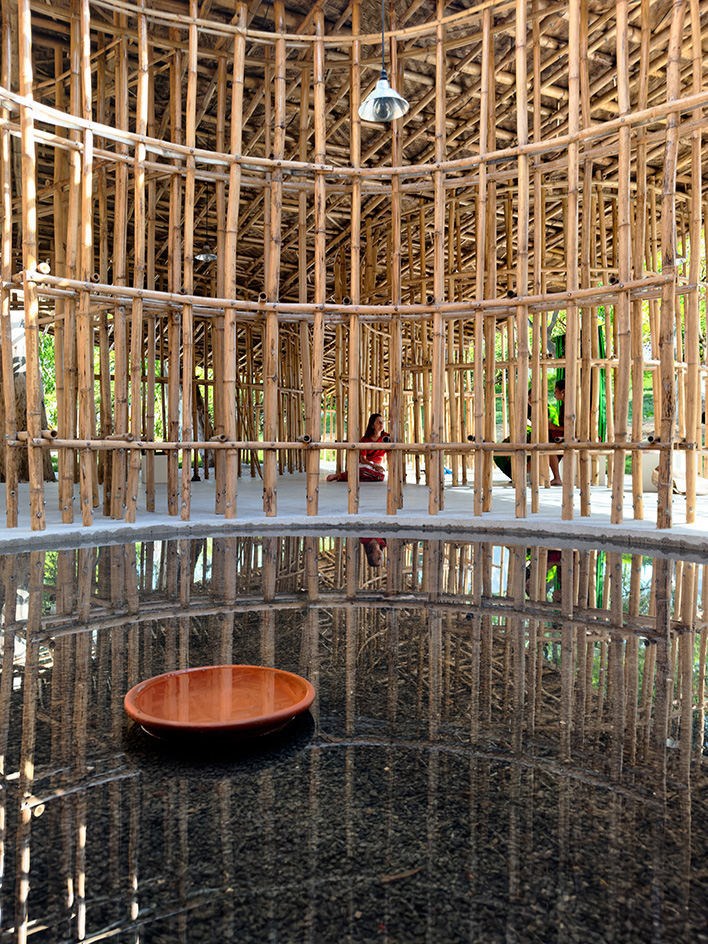
Rane and Tiwari established their emerging studio in 2014 and have been going from strength to strength since – winning the prestigious Affordable Housing Design Challenge organised by the BTI, United Nations Development Programme (Cambodia) along the way. They are now working on projects including an urban regeneration and landscaping scheme along the Brahmaputra river in Guwahati, Assam; and the Ijeirong Church in Manipur.
Ellie Stathaki is the Architecture & Environment Director at Wallpaper*. She trained as an architect at the Aristotle University of Thessaloniki in Greece and studied architectural history at the Bartlett in London. Now an established journalist, she has been a member of the Wallpaper* team since 2006, visiting buildings across the globe and interviewing leading architects such as Tadao Ando and Rem Koolhaas. Ellie has also taken part in judging panels, moderated events, curated shows and contributed in books, such as The Contemporary House (Thames & Hudson, 2018), Glenn Sestig Architecture Diary (2020) and House London (2022).
-
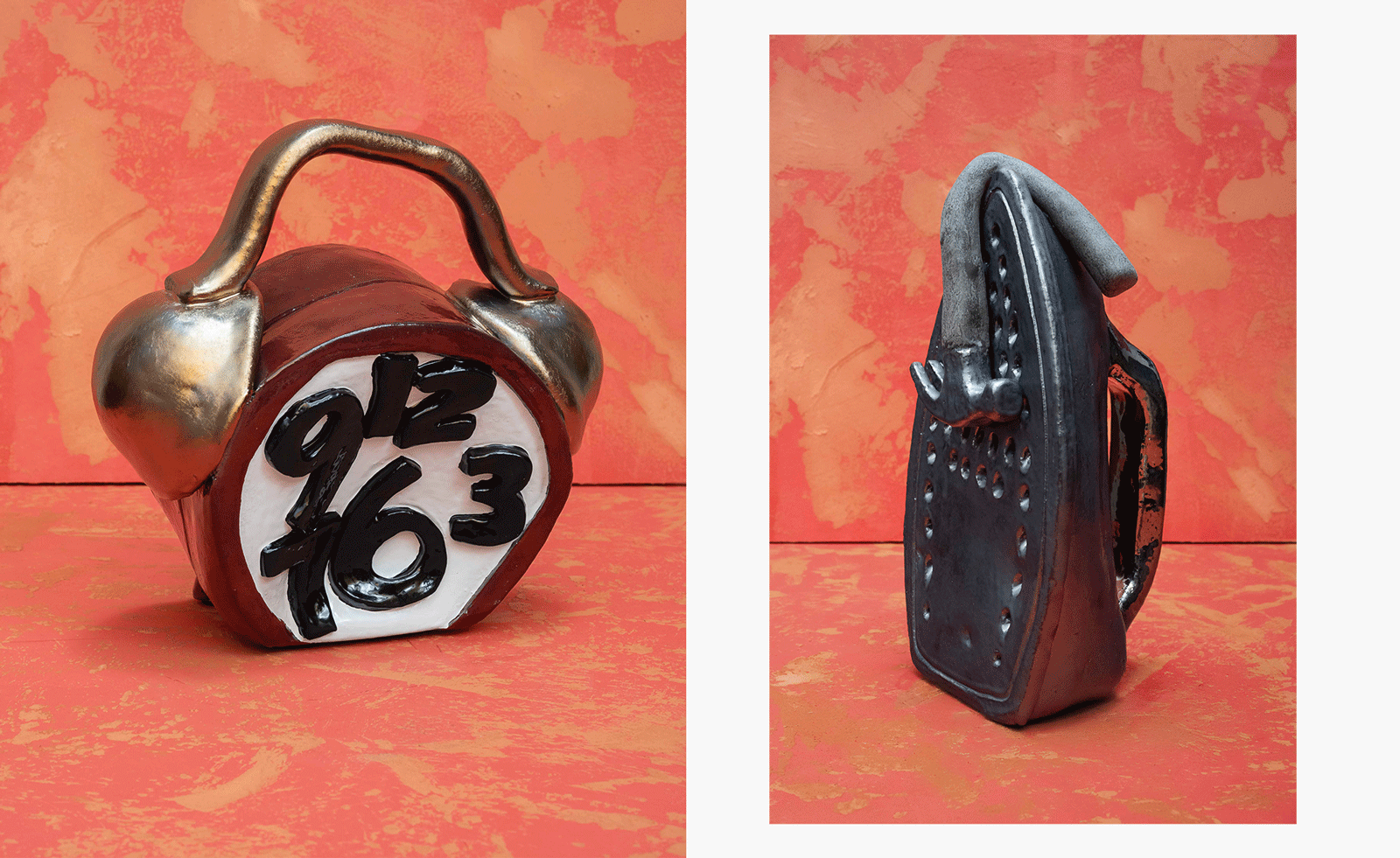 Sculptor Woody De Othello paints a Miami museum red for a show that ‘almost hugs you’
Sculptor Woody De Othello paints a Miami museum red for a show that ‘almost hugs you’The Miami-born, California-based artist opens his first museum exhibition in his hometown as an experiential journey through life and lifeless objects
-
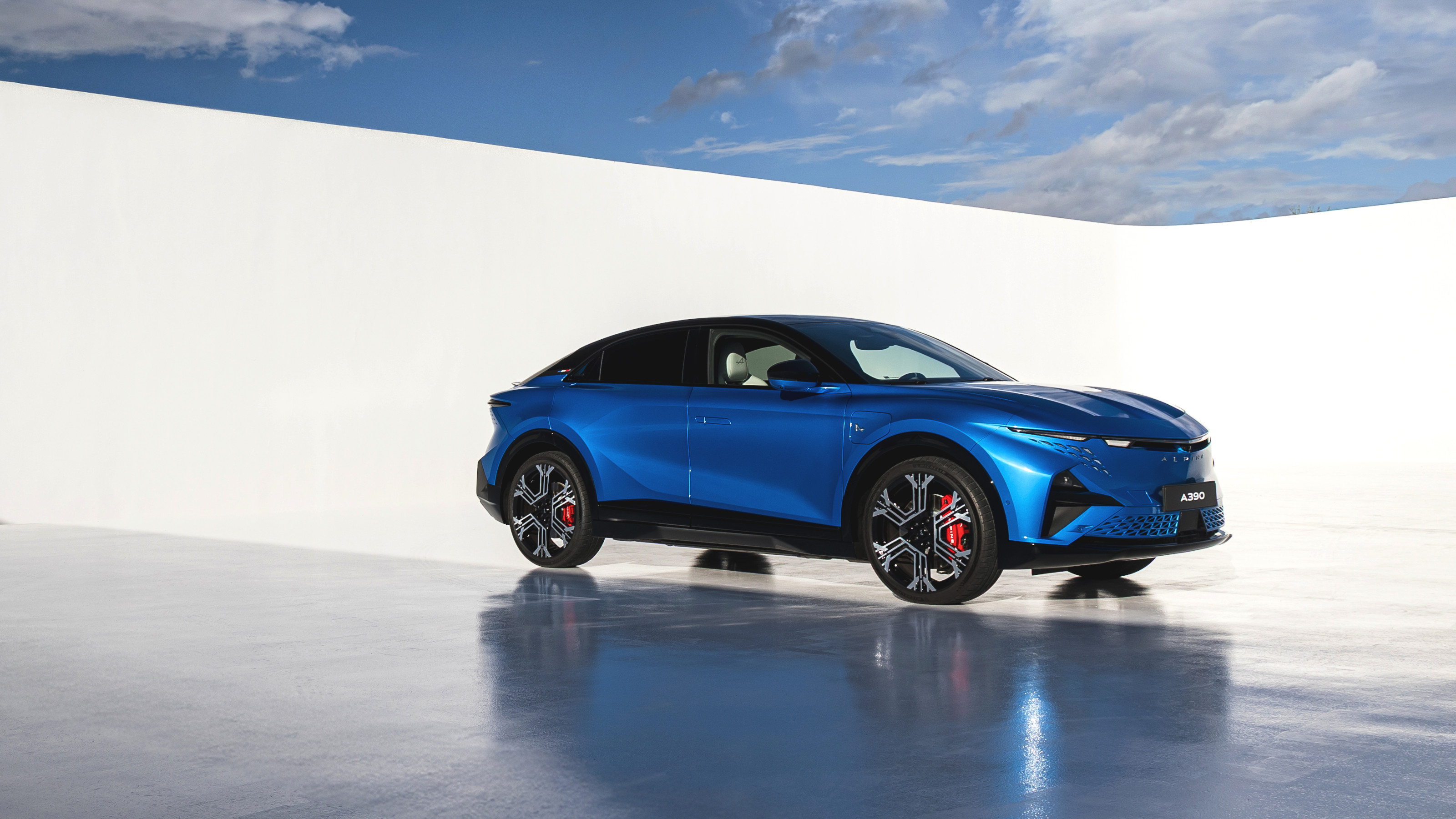 Alpine A390 GT: French, fast and fun. A sporting EV with a real sense of occasion
Alpine A390 GT: French, fast and fun. A sporting EV with a real sense of occasionAlpine doubles down on its fast electric credentials with the A390 GT, the French performance brand’s largest car to date
-
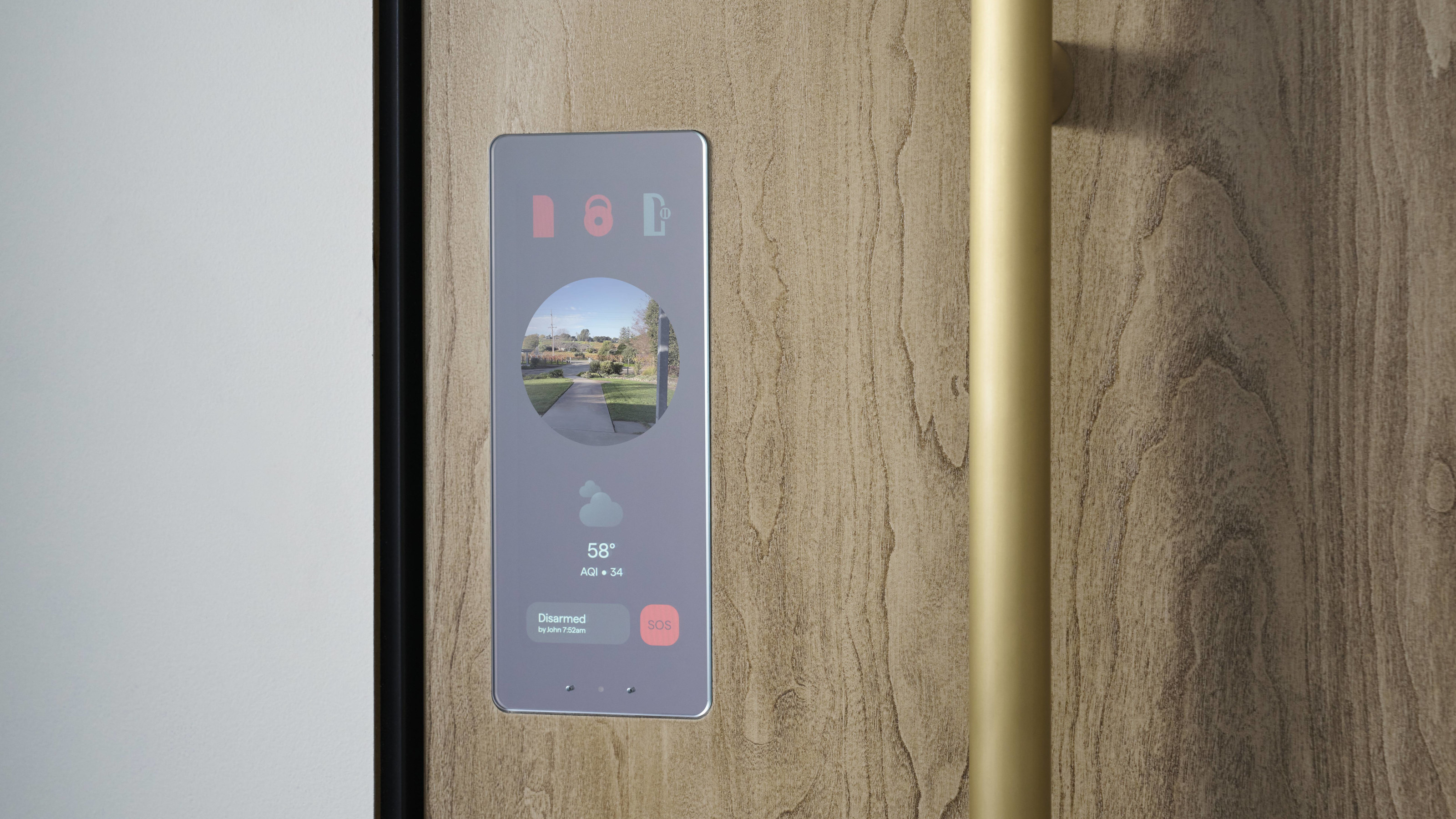 Forget smart homes, Doma's 'intelligent' doors open at the sight of a familiar face
Forget smart homes, Doma's 'intelligent' doors open at the sight of a familiar faceYves Béhar and Jason Johnson have founded Doma, a tech start-up dedicated to seamlessly integrating tech into your daily life
-
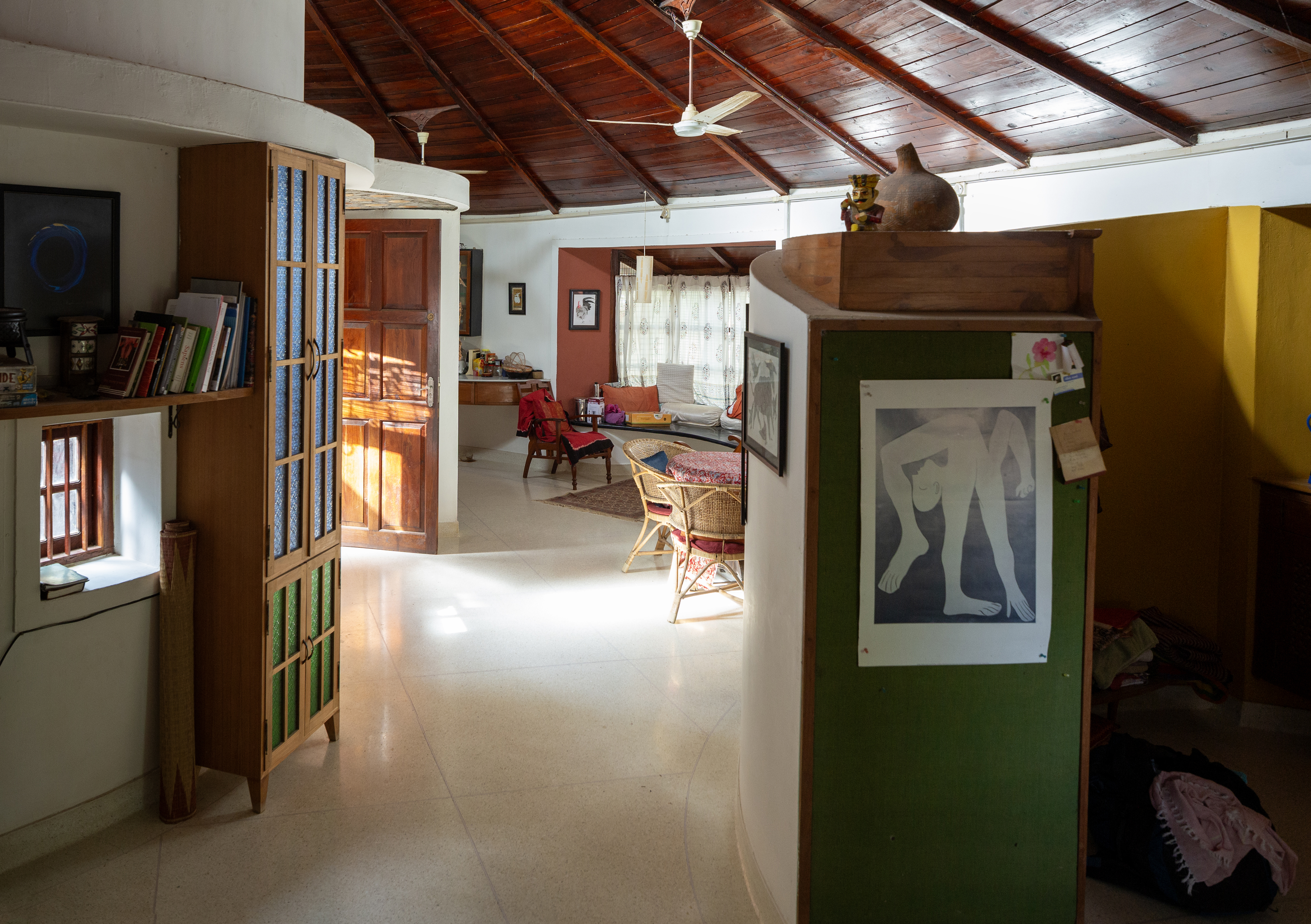 Inside a creative couple's magical, circular Indian home, 'like a fruit'
Inside a creative couple's magical, circular Indian home, 'like a fruit'We paid a visit to architect Sandeep Virmani and social activist Sushma Iyengar at their circular home in Bhuj, India; architect, writer and photographer Nipun Prabhakar tells the story
-
 The Architecture Edit: Wallpaper’s houses of the month
The Architecture Edit: Wallpaper’s houses of the monthFrom wineries-turned-music studios to fire-resistant holiday homes, these are the properties that have most impressed the Wallpaper* editors this month
-
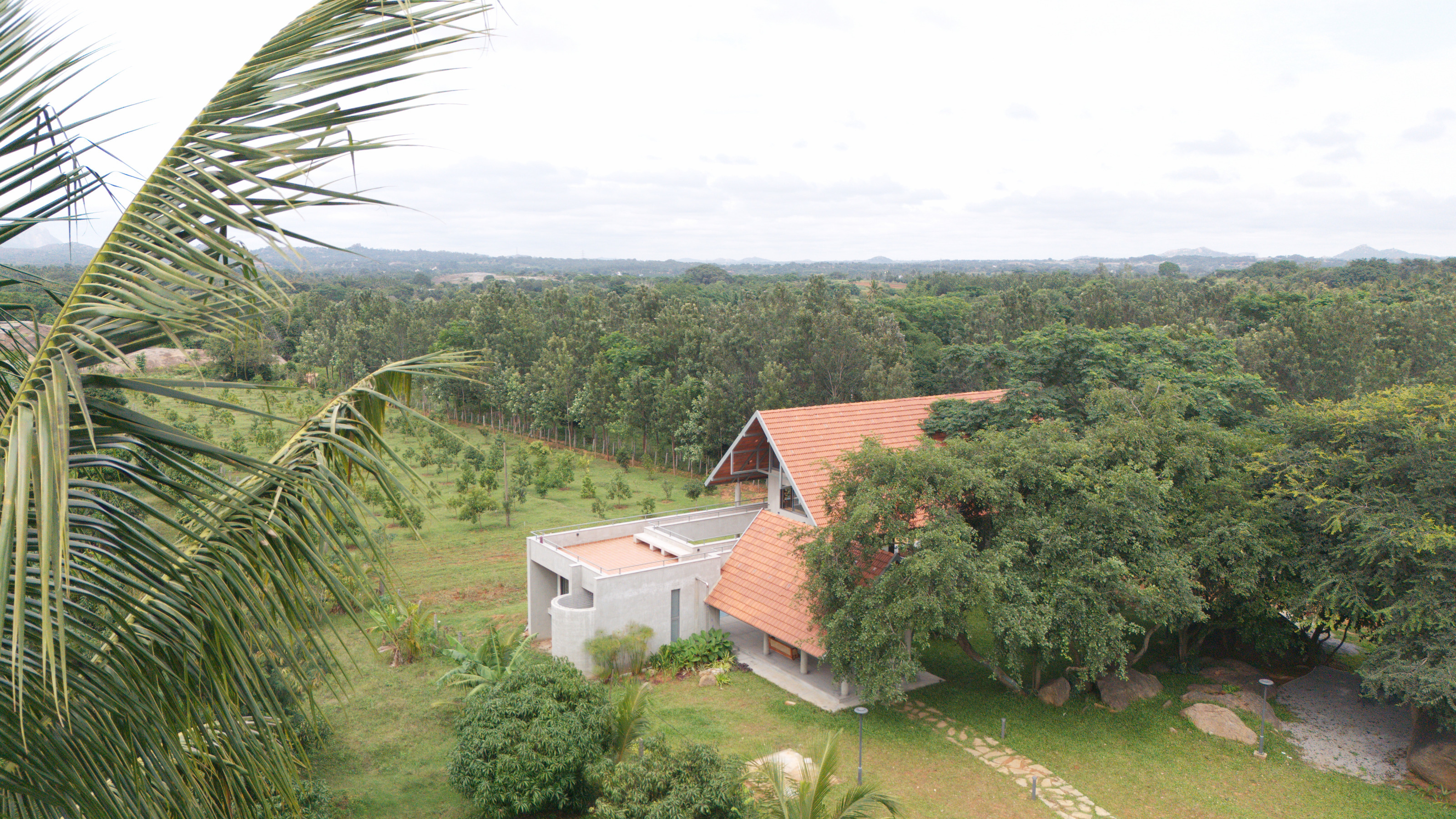 A refined Indian country residence reimagines the farmhouse
A refined Indian country residence reimagines the farmhouseSet among Karnataka’s rolling fields and forest, House by the Grove by Taliesyn Design & Architecture combines modern materials with an open approach to the elements
-
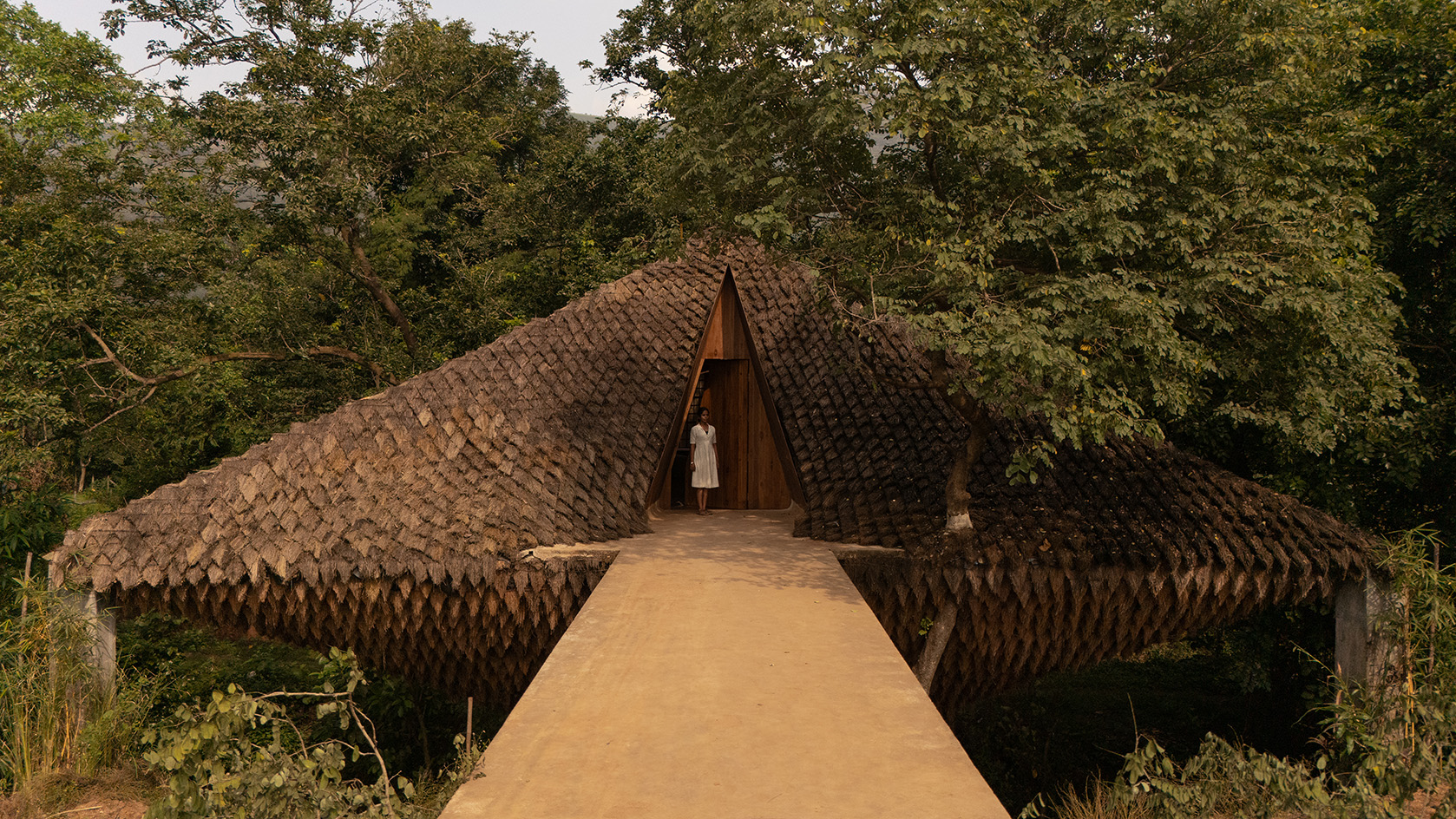 Half bridge, half home: Wallmakers’ latest project takes architecture to daring new heights
Half bridge, half home: Wallmakers’ latest project takes architecture to daring new heightsHovering above a forest stream in Maharashtra, Bridge House pushes the limits of engineering and eco-conscious design
-
 The Architecture Edit: Wallpaper’s houses of the month
The Architecture Edit: Wallpaper’s houses of the monthFrom Malibu beach pads to cosy cabins blanketed in snow, Wallpaper* has featured some incredible homes this month. We profile our favourites below
-
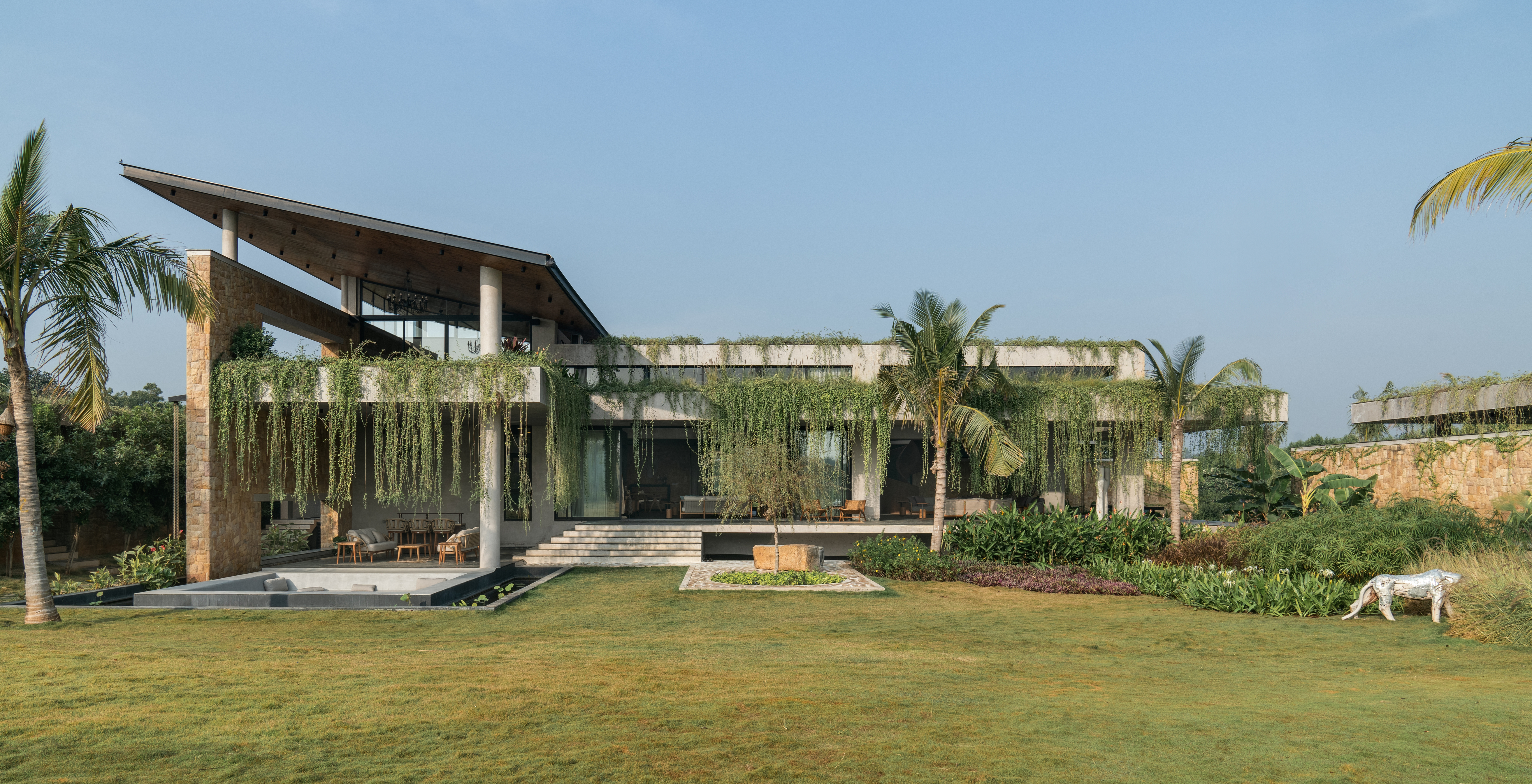 Cascading greenery softens the brutalist façade of this Hyderabad home
Cascading greenery softens the brutalist façade of this Hyderabad homeThe monolithic shell of this home evokes a familiar brutalist narrative, but designer 23 Degrees Design Shift softens the aesthetic by shrouding Antriya in lush planting
-
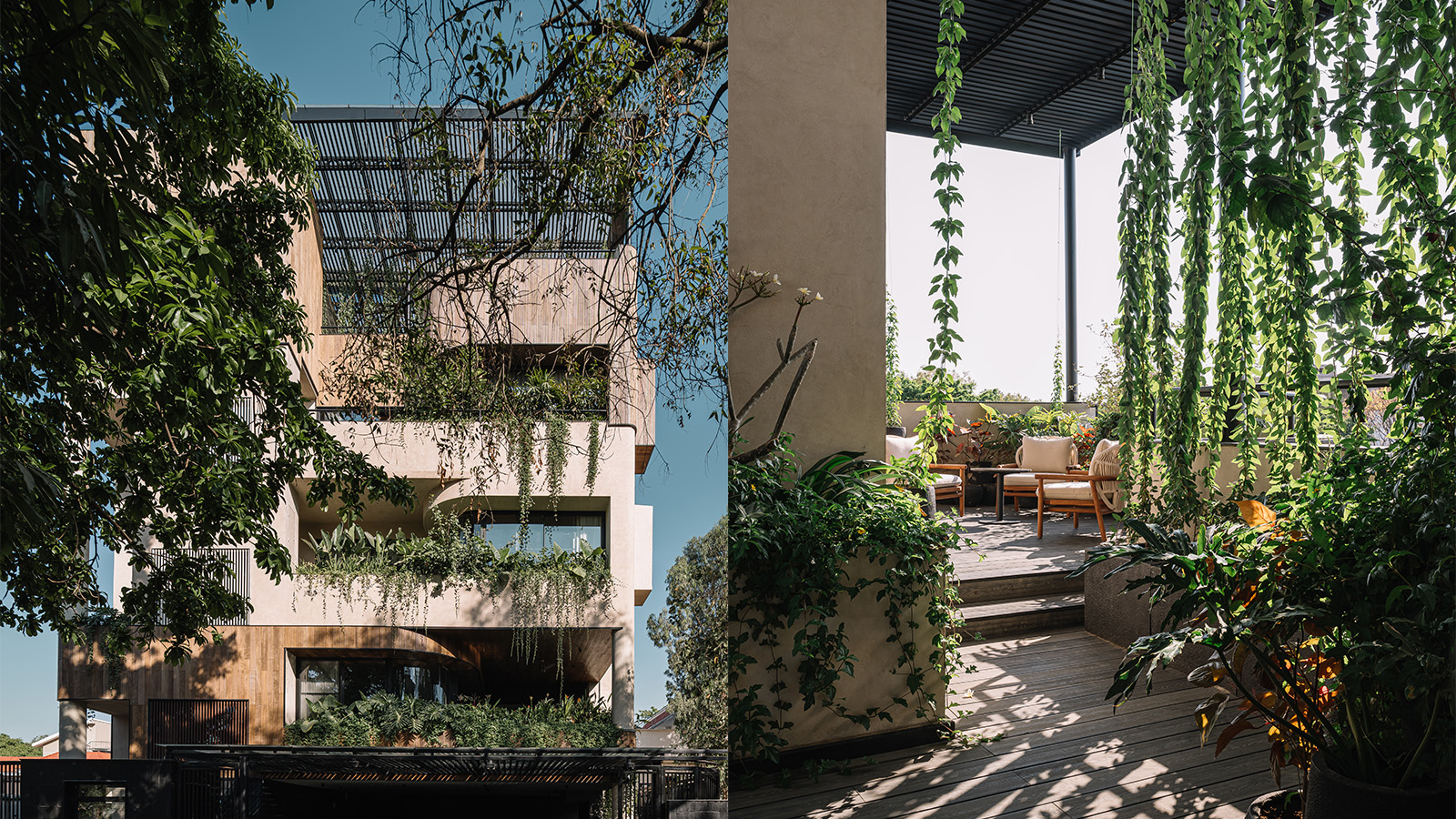 A lush Bengaluru villa is a home that acts as a vessel for nature
A lush Bengaluru villa is a home that acts as a vessel for natureWith this new Bengaluru villa, Purple Ink Studio wanted gardens tucked into the fabric of the home within this urban residence in India's 'Garden City'
-
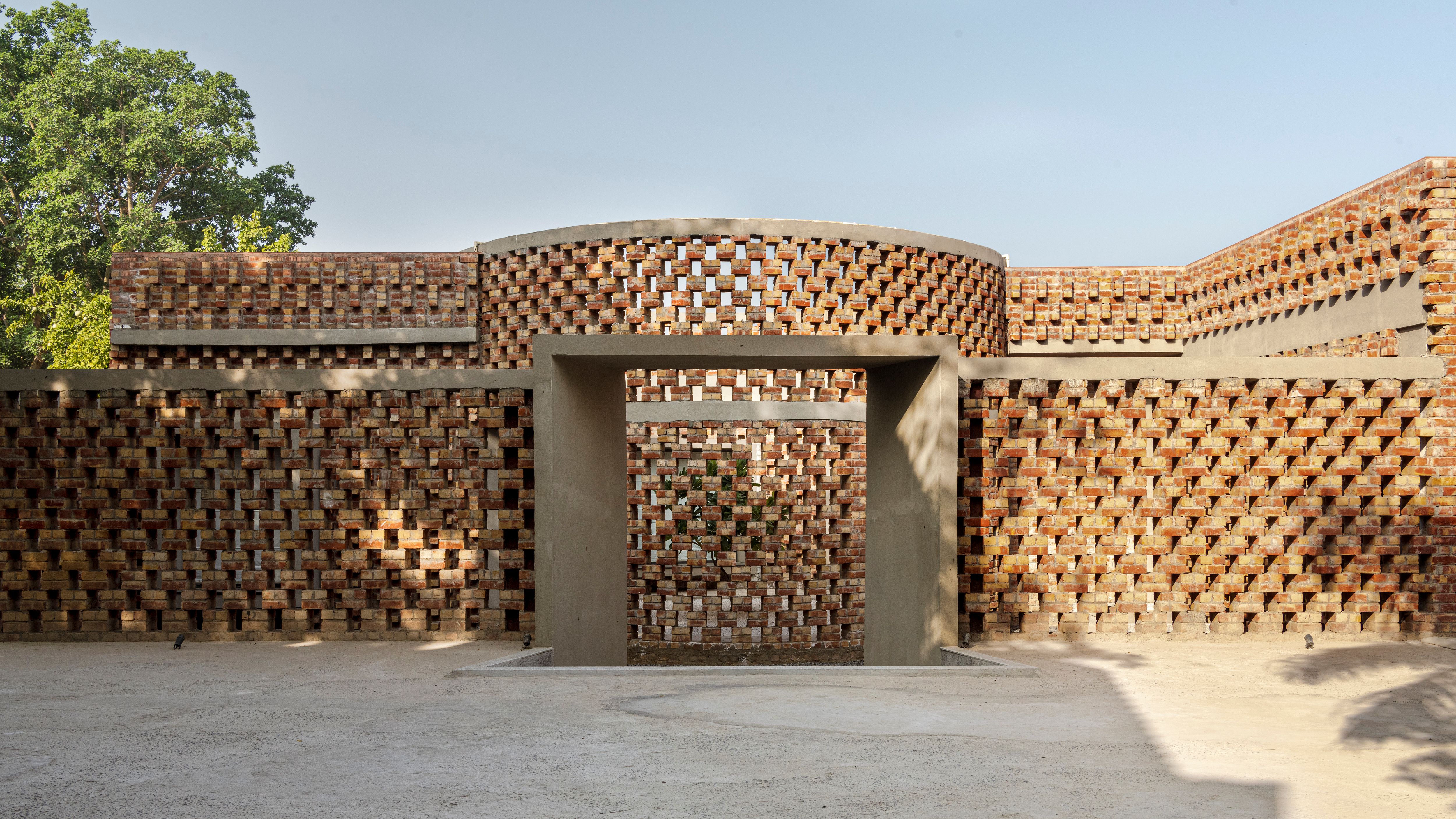 Brick by brick, a New Delhi home honours India’s craft traditions
Brick by brick, a New Delhi home honours India’s craft traditionsRLDA Studio's Brick House works with the building block's expressive potential to create a dynamic residence with a façade that reveals patterns that change with the sun and shadows